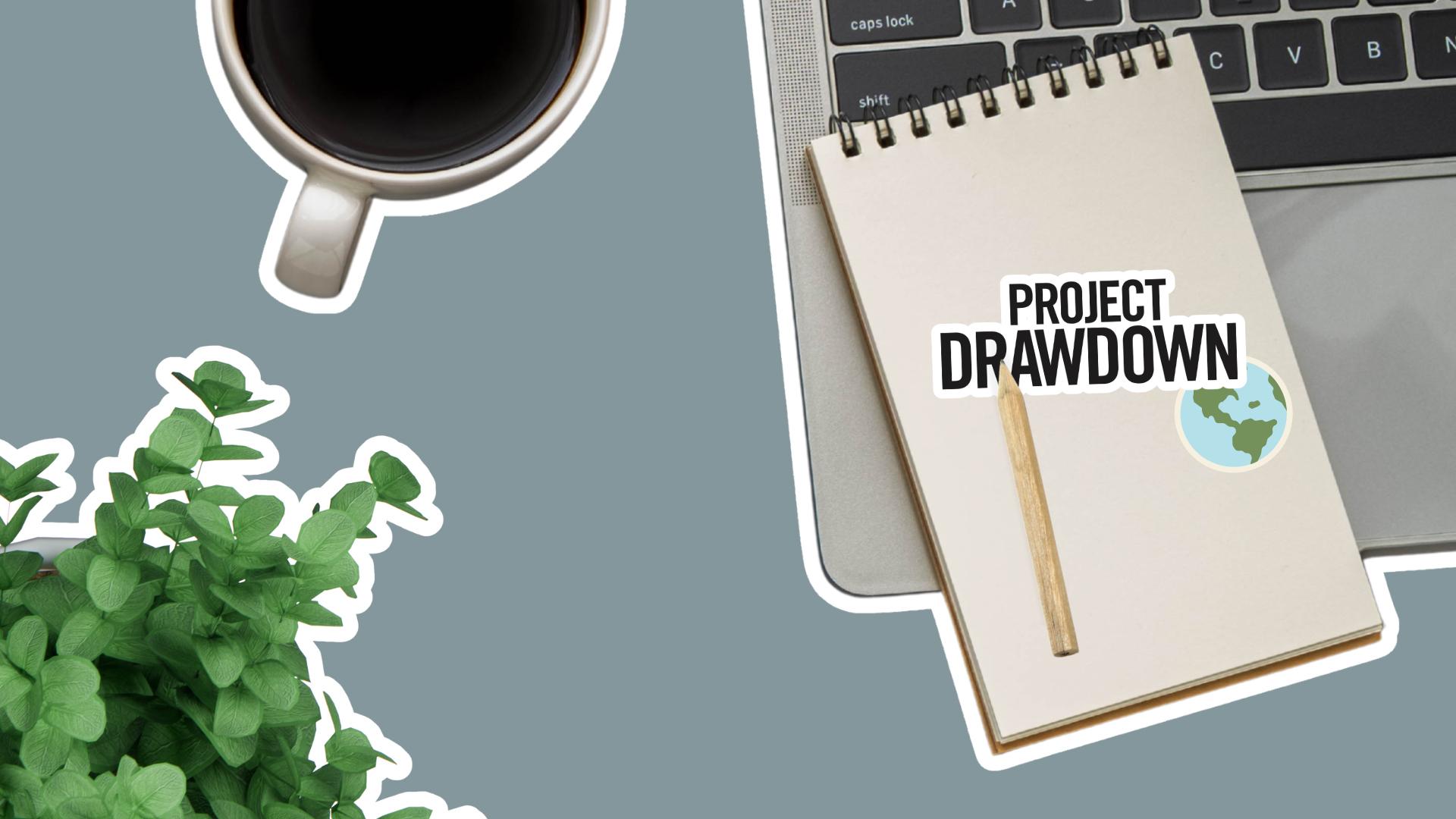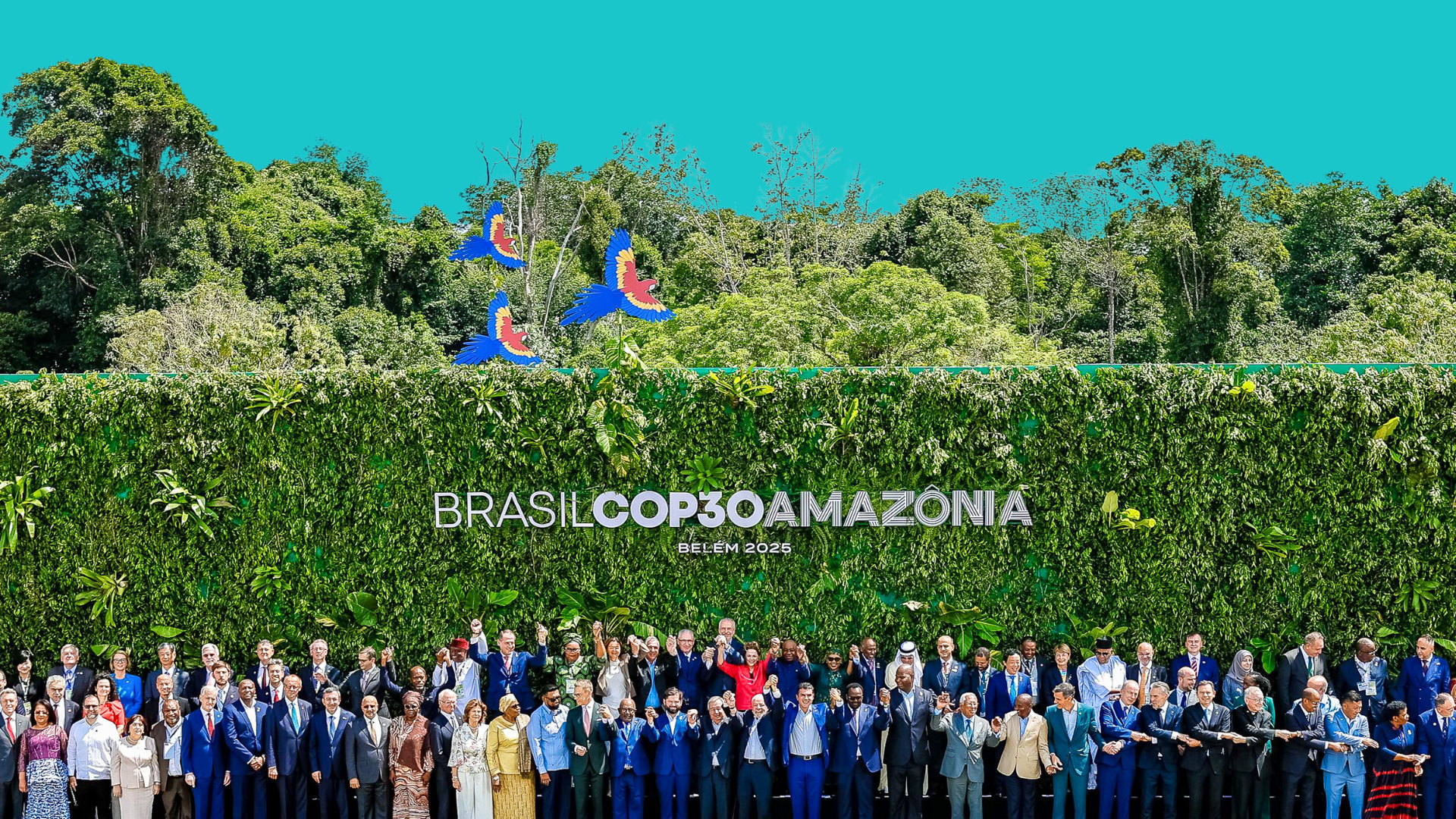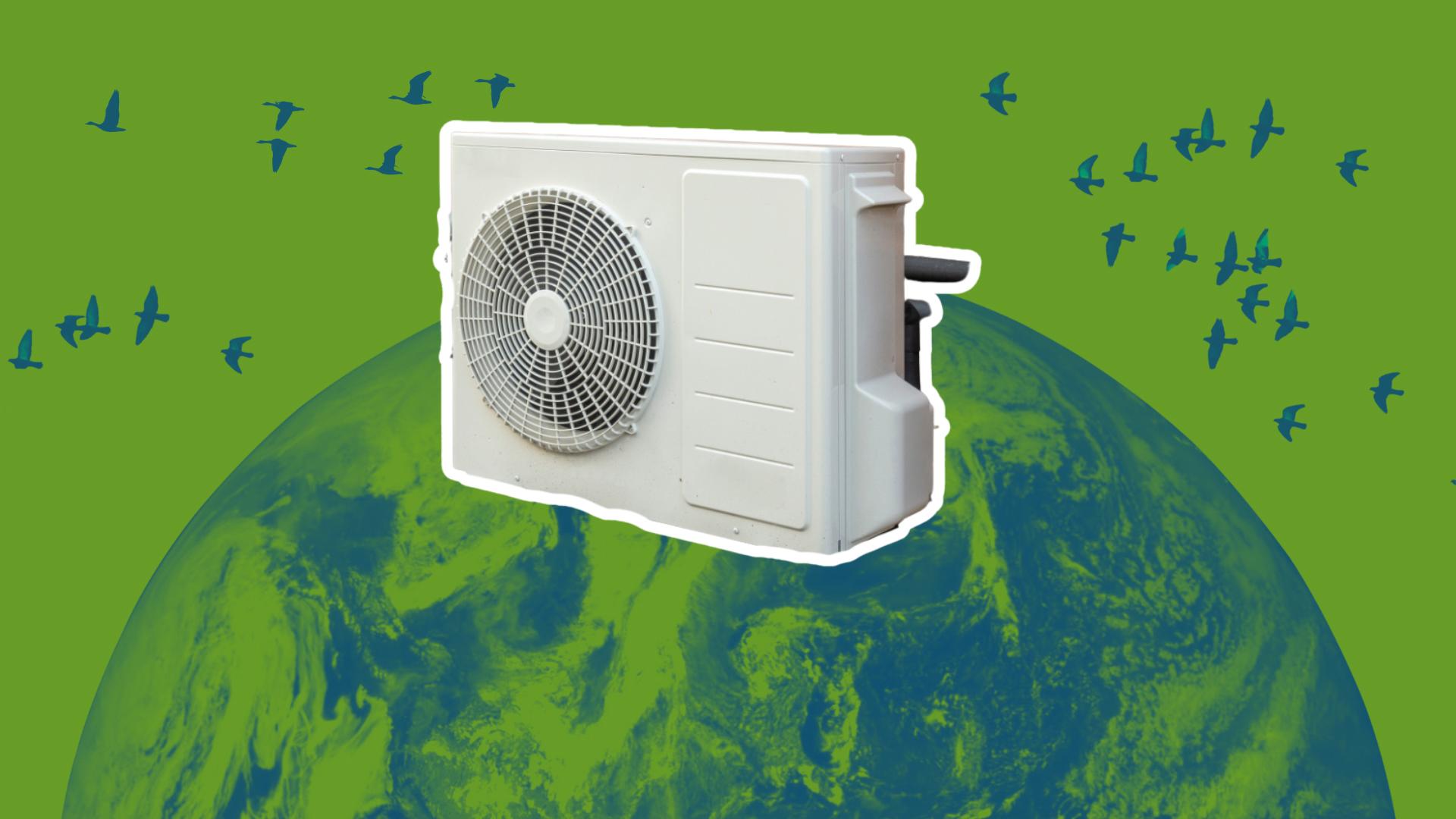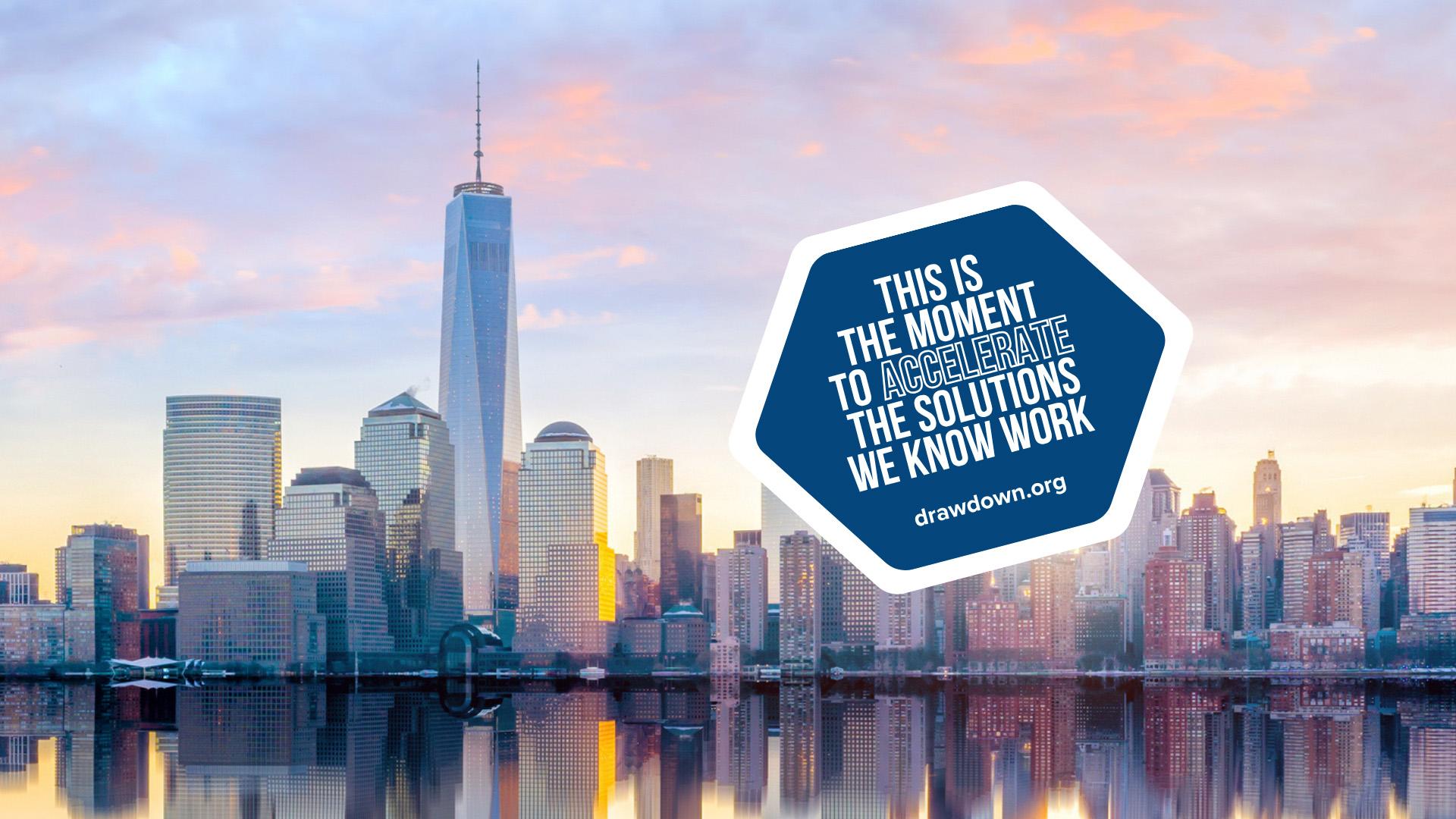1. Reduce food waste in the office and at events.
An estimated 30–40% of the world’s food is never even eaten, doomed to rot in landfills and emit the potent greenhouse gas methane. If you work in an office, you’ve likely seen this firsthand: dozens of uneaten sandwiches and cookies spread across the table after an event. This makes reducing food waste one of the most impactful ways to mitigate your company’s impact on the climate. If you work in human resources, operations, or any other team tasked with planning events or ordering food for the office, consider using your position to take food waste reduction measures:
- Order the correct amount of food to reduce the risk of having leftovers.
- Encourage colleagues to take food home.
- Partner with an organization to help you donate leftovers to those in need in your area.
- Educate your colleagues on the importance of reducing food waste.
- Start composting in the office so that any food waste can be turned into fertilizer. (But remember, reducing food waste in the first place is more impactful than composting it!)
Check out ReFED’s Solution Provider Directory, where you can search for organizations that specialize in food rescue and composting in your area.
2. Talk to clients and customers about sustainability.
If you’re on a team that interfaces with clients or customers, you have massive potential to spread climate action beyond just your own company. By sharing your climate concerns with clients and customers, you can nudge and support them in their own sustainability journey. If you work in functions like marketing, sales, product management, and other client or customer-facing roles, you can:
- Invest time and resources into upskilling your colleagues on climate basics. If you want a free resource, check out Project Drawdown’s Climate Solutions 101 video series.
- Research your clients’ and customers’ climate concerns so that you can bring them back to your team and integrate them into your work.
- Encourage your clients and customers to take climate action during meetings, in marketing materials, and other channels of communication. Talk about what your company is doing on sustainability.
3. Vet service providers and other partners.
If you work with creative agencies, lawyers, consultants, or any other external service providers, you have the opportunity to choose partners that are aligned with climate action. Your business partnerships may be inadvertently contributing to climate change. For example, does your company work with an advertising agency that also works with fossil fuel companies? By giving this agency your business, you are indirectly supporting its work with high-emitting industries. (If you work with advertising agencies, check out Clean Creatives to see which have pledged not to work with fossil fuel polluters.)
By choosing service providers and partners that have strong climate goals and abstain from working with nefarious industries, you are sending a strong market signal that your company and industry take climate action seriously. For those in positions to choose external partners, you can:
- Actively seek out and choose partners that align with your company’s climate goals.
- Ask existing partners for their climate goals and make your company’s commitment to climate known.
- Develop a company policy that outlines sustainability requirements for any new (and even existing) service providers and partners. You can check out this example from Salesforce for inspiration.












